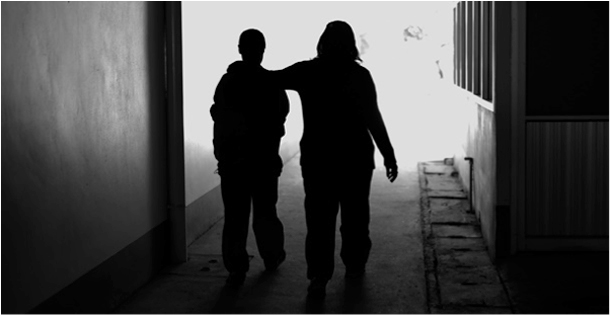Recent suicides by accomplished and successful people such as Robin Williams, Anthony Bourdain, and Kate Spade have dominated news headlines. The tragic events vividly demonstrate that fame and fortune do not necessarily make living more enjoyable, and that celebrities experience life and death stress issues just as the rest of us.
Even more distressing is that suicide by such prominent people triggers copycat suicides: the U.S. suicide rate jumped nearly ten percent in the four months following Robin Williams’ death. Suicide contagion occurs in the military as well, often associated with post-traumatic stress disorder (PTSD). Suicide rates in the military had been about half those in civilian population until around 2009 when they exceeded the civilian population, and now total about 20% of annual suicide deaths in the U.S.
Overall suicide rates have increased in 44 states from 1999 through 2016, when nearly 45,000 suicides occurred. The number of suicides now exceeds automobile deaths, increasing almost 25% in the past two decades and ranking as one of the top ten causes of death in the U.S. and one of the top three for adolescents. Teen causes may relate to increased depression, more student debt, more uncertainty about their future, and worries about school safety.
Though more than half of those who took their own lives had no known diagnosis of a mental health problem, suicide rarely occurs “out of the blue.” People don’t change from being perfectly healthy one day to having suicidal thoughts the next, just as they don’t transition from being perfectly healthy one day to having late-stage heart failure the next. Risk factors such as a family history of suicide or child maltreatment, previous suicide attempts, history of mental disorders, history of alcohol or substance abuse, feelings of hopelessness or isolation, irreparable loss, or physical illness can help identify those at risk.
Mental health problems associated with increased risk of suicide include bipolar disorders, depression, psychotic disorders like schizophrenia, and PTSD. Drug abuse or addiction adds to this mix.
Suicides are often impulsive; reducing the opportunity can help. For example, barriers added to the Golden Gate Bridge reduced San Francisco suicides. Improved gun control in Australia lowered their suicide rate and might have a similar effect in the U.S. since half of the suicides involve a firearm.
Unfortunately, no vaccine exists for suicides, but help is available from multiple sources to provide effective clinical care for mental, physical, and substance abuse disorders; access to a variety of clinical interventions and support; family and community support (connectedness); support from ongoing medical and mental health care relationships; skills in problem solving, conflict resolution, and nonviolent ways of handling disputes; and cultural and religious beliefs that discourage suicide and support instincts for self-preservation.
For those with suicide thoughts, seek help! Talk to someone!
- In the U.S., call the National Suicide Prevention Lifeline, available 24/7 at 1-800-273-TALK (8255)
- The Trevor Project— 866-488-7386 — is a hotline for LGBT youth
- The International Association for Suicide Prevention and Befrienders Worldwide also provides contact information for crisis centers around the world
People who are considering suicide may struggle to seek help. The Suicide Prevention Lifeline offers five steps that you can take to communicate with someone who may be suicidal:
- Ask: Asking “Are you thinking about suicide?” shows that you’re open to talking with them about it.
- Keep Them Safe: Finding out if they have a detailed timeline or method can help you gauge the level of danger they are in and take steps remove them from immediate harm. Reducing a person’s access to their means of suicide is an important part of prevention.
- Be There: Limiting someone’s isolation can be a protective factor.
- Help Them Connect: Help them find means of support, such as one of the hotlines, listed above. You can also help them develop a safety plan they can use if they start to have suicidal thoughts.
- Follow up: Check in with them and see how they’re doing. Ongoing support and connectedness can potentially reduce the risk of suicide.
Become a Saturday Evening Post member and enjoy unlimited access. Subscribe now



